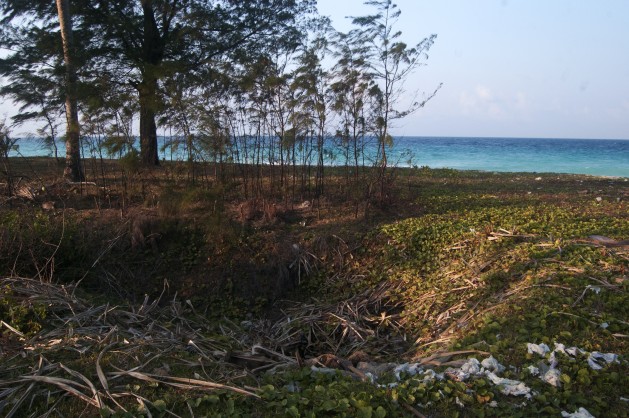
© Malini Shankar/IPSA sinkhole is widening in Car Nicobar, but the authorities are clueless about its potential dangers
While the United States Geological Survey (USGS) is sparing no effort to fill a rapidly widening sinkhole in Florida since Apr. 23, India's Geological Survey has closed its field station in the Andaman and Nicobar Islands where sinkholes have sprung up all over as an aftermath of the 2004 Asian tsunami.
The administration in this popular tourist destination in the Bay of Bengal may be prepared for another tsunami. But it seems clueless about these holes in the ground that can sometimes cave in or lead to other geological events like hot springs, water spouts, natural gas emissions or even cracks in the subterranean magma chambers.
Islanders told IPS that sinkholes have appeared all over Nicobar. Whether that is also the case with the Andamans remains a matter of speculation as there is no official documentation of it, nor did the administration facilitate this writer's photo assignment to visit the geologically volatile islands.
IPS discovered and photographed sinkholes in three Nicobar Islands - Car Nicobar, Kamorta and Campbell Bay.
"Car Nicobar is full of sinkholes after the tsunami. Even though I grew up here, our parents are now petrified of us swimming near the beach," says Dr. Christina Rossetti, a local of Car Nicobar who works at a government-run hospital here.
Indian Air Force officers at Car Nicobar documented a water spout in April 2013 which shot up from a sinkhole to 1,000 metres in the sky over the Bay of Bengal.

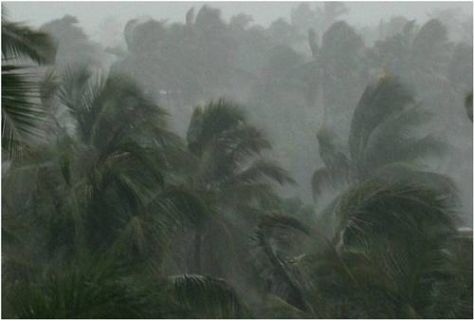
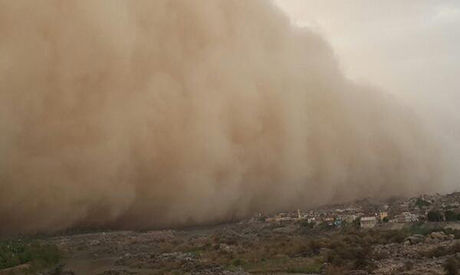
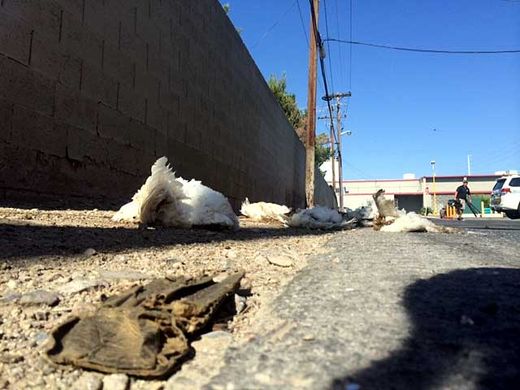
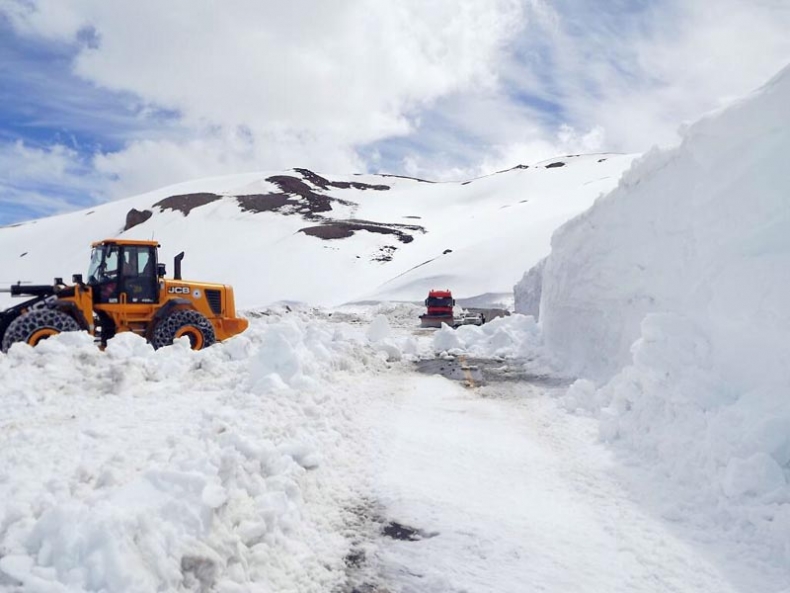



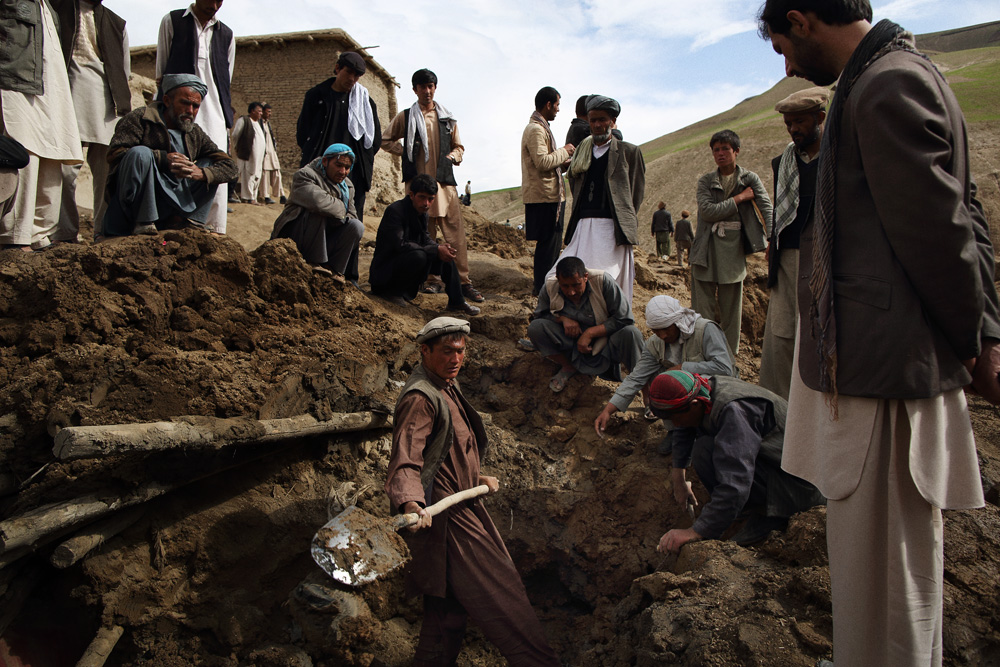
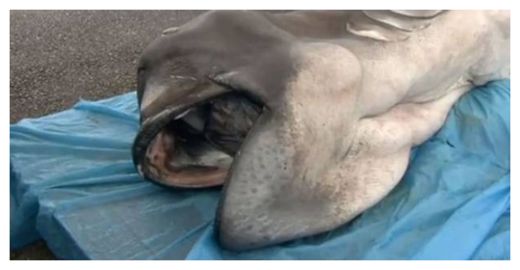



Comment: The number of sinkhole reports across the globe has increased quite dramatically over the last 5 years or so, with the total for this year already approaching the tally for 2013, as can be seen below.